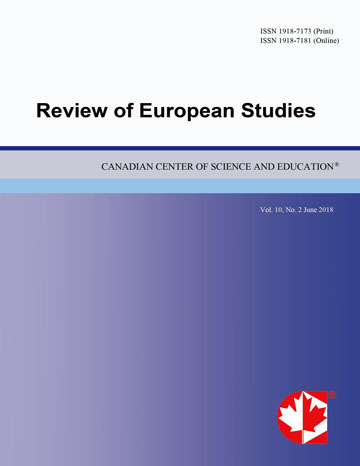The Passive and the Notion of Transitivity
Abstract
The purpose of this article is to show that passivization can be better accounted for when the phenomenon of transitivity, on which it is based, is defined on semantic grounds. The notion of transfer from the subject to the object through the verb, which corresponds to the main semantic component of transitivity, is what makes passivization possible, not necessarily the presence of an object complement of the verb in the active. It appears that the notion of object, which is the main syntactic parameter on which the notion of transitivity is founded, covers very different situations and cannot serve as a reliable tool to describe the phenomenon of passivization. It is only when the transitivity notion is envisaged through a semantic angle that passivization can be accounted for in more homogeneous terms.
 PDF
PDF
